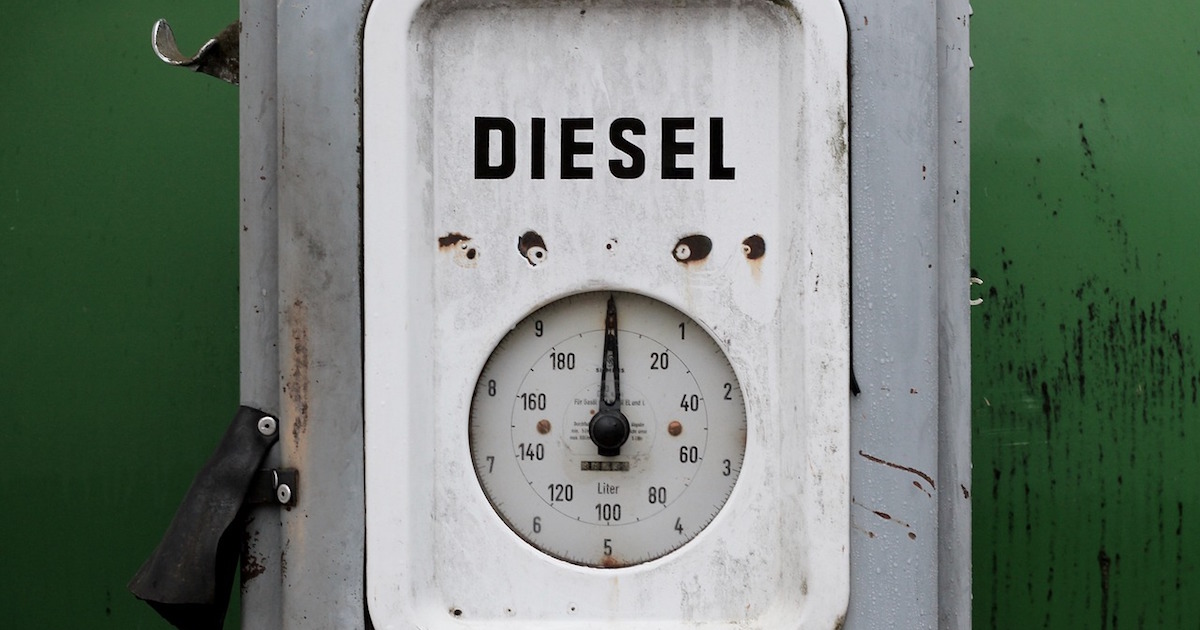
In August 2016, the Obama administration unveiled new emission standards for tractor-trailer trucks over the next 10 years – a 25 percent reduction in carbon emissions. Big trucks account for only five percent of traffic on U.S. roads but contribute 20 percent of greenhouse gas emissions.
While it sounds like a lofty goal, the savings would be felt immediately. It’s estimated that the trucking industry would save $170 billion in fuel costs by 2027 with these new standards.
Technological upgrades, approximately $12,000 per vehicle, would make trucks which currently average six miles per gallon, much more efficient. It’s possible a carrier would recoup the cost in a few short years from the fuel-savings alone. However, if you’re not able to make that kind of financial commitment yet there are things you can do right now to save on your fuel costs and help the environment.
Efficiency in Scheduling and Routing
Using a fleet management system with GPS, like the Gorilla Safety app, you’ll be able to map out routes more efficiently before a driver gets on the road. You’ll know where your trucks are. If they’re stuck in a bad spot, you can help get them re-routed faster and keep them from idling unnecessarily. If a job comes up, you’ll know where all your trucks are at a glance and be able to hand it off to the closest driver and make sure they know the shortest and best route to get there.
Handle Bad Behavior
Idling, hard braking, longer routes, and speeding all contribute to extra fuel usage and higher costs. Work with drivers to help them understand the need to reduce these things when possible, and get rid of the drivers who refuse to cooperate. You’ll have a better fleet of drivers and save money as a result.
Control How the Truck is Driven
While speed limiters aren’t mandated yet, the idea of enforcing a maximum speed limit has merit. Slower speeds reduce accidents and fuel use. Set a company-wide max speed and monitor the driving habits of your drivers. It may take a while to get everyone on board, but the savings will be worth it.
Maintain Your Trucks
When a truck runs inefficiently, it uses more fuel. Create a maintenance schedule and stick with it to keep your trucks in good working order. Oil changes and tune-ups are a crucial part in fuel efficiency. Keeping a closer eye on your trucks will make sure you’re compliant for the routine inspections, too. In the Gorilla Safety app, you can schedule maintenance checks and your drivers can communicate more effectively with your service department.
Going green is great for the environment, but it’s even better for your business. Your routes will be more efficient, your customers happier, and your fuel costs will drop. Focus less on the fact that there’s another new requirement and more on how it can benefit your business.
Contact us at Gorilla Safety to find out how our system can help you cut your fuel costs and reduce your fleet’s carbon footprint.

